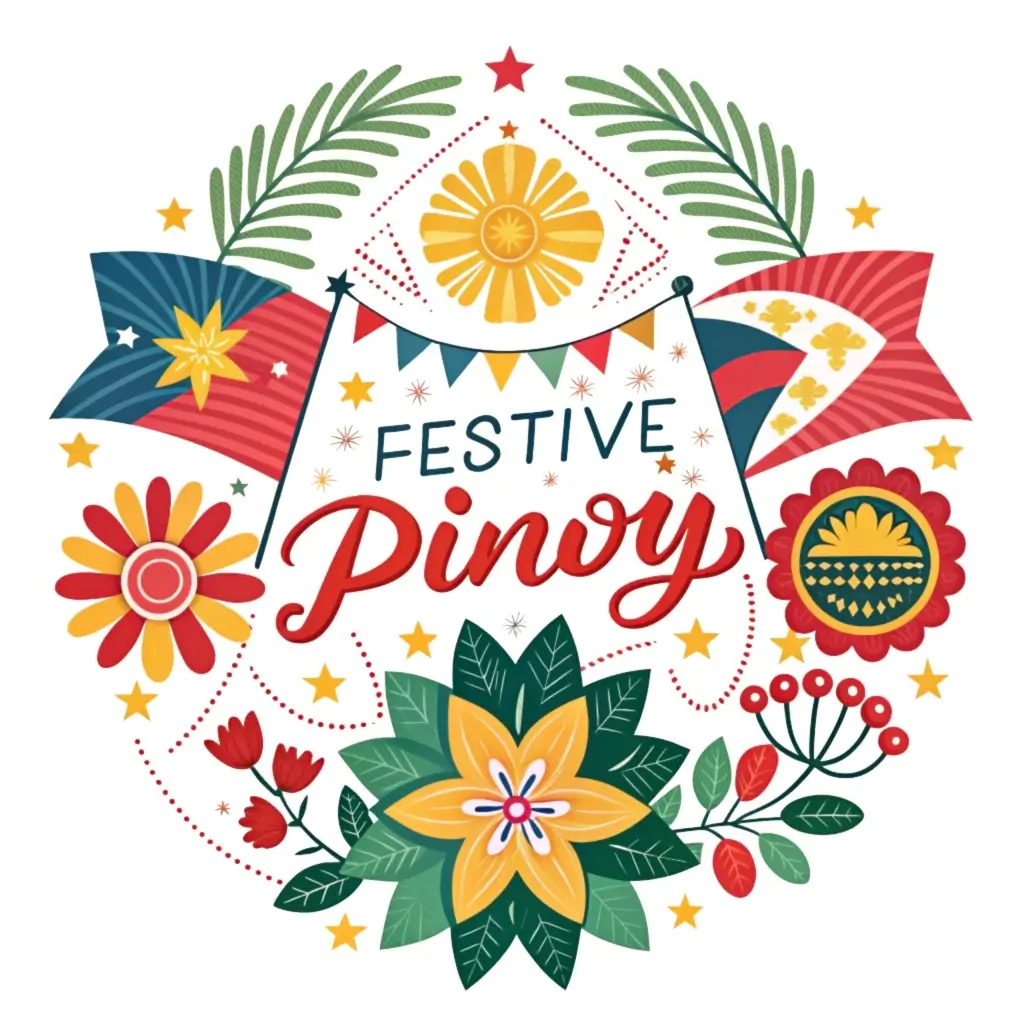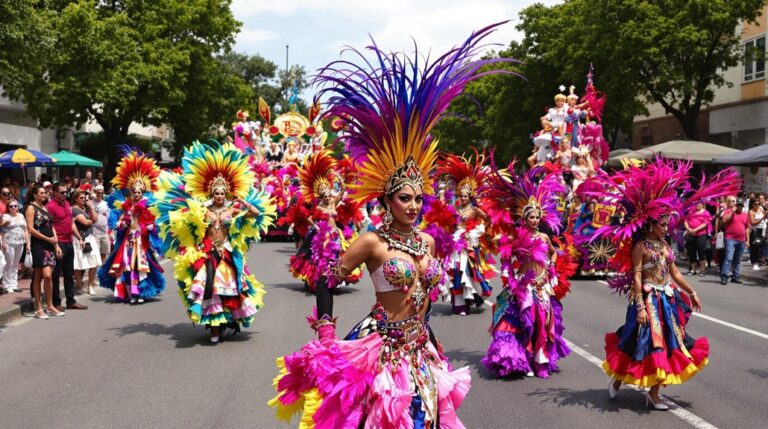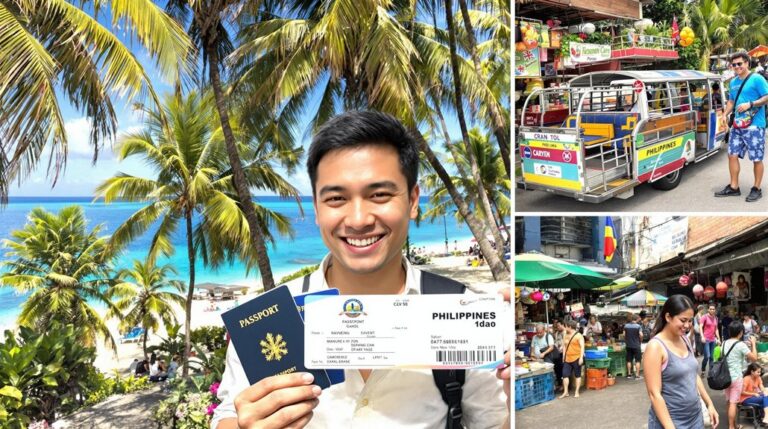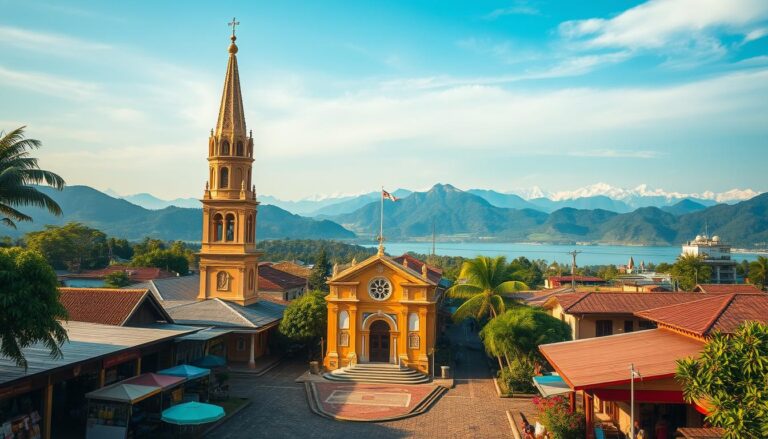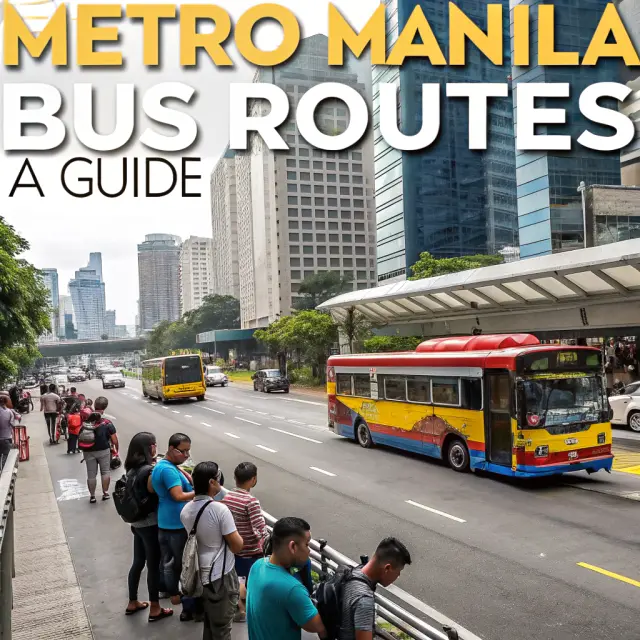What to Do in Cebu During Holy Week: Events & Activities
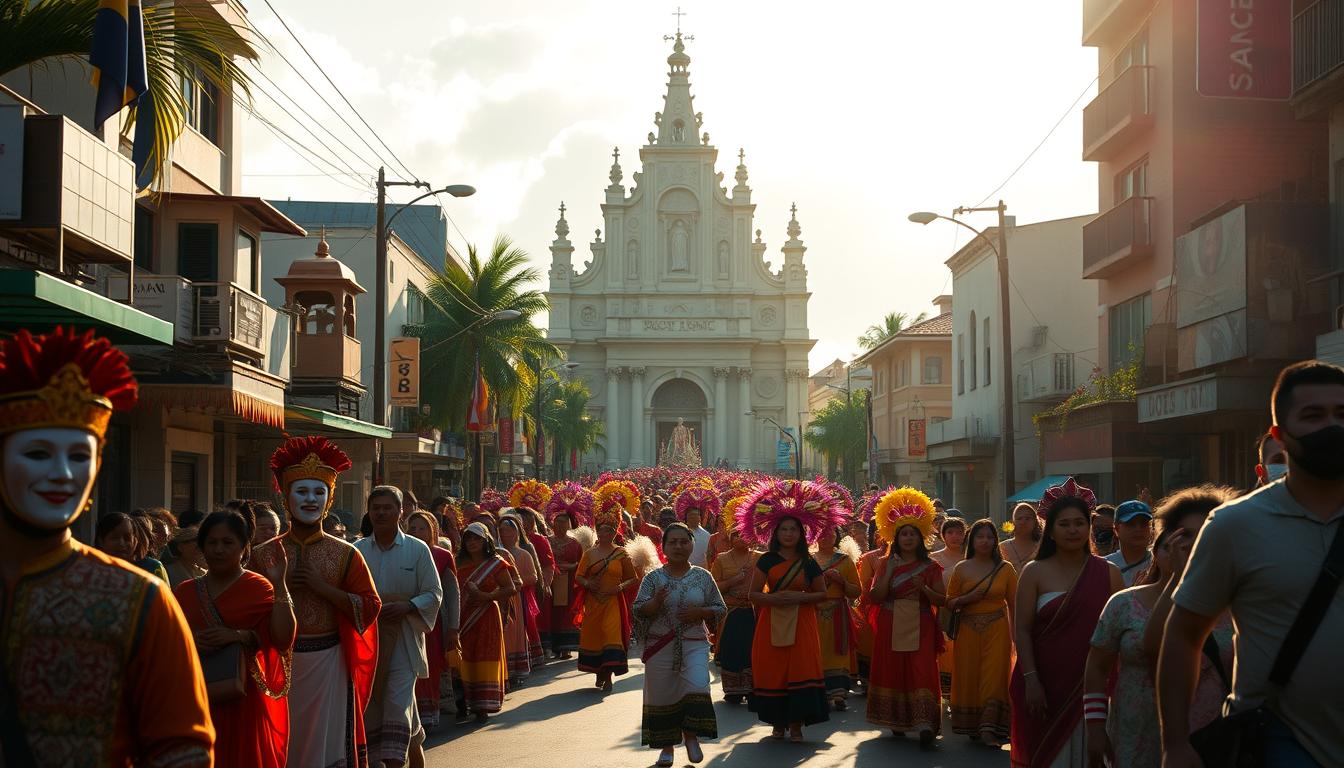
As one of the Philippines’ most vibrant destinations, this island transforms into a hub of spiritual reflection and cultural celebration every April. Visitors discover a seamless blend of time-honored rituals and contemporary leisure, creating an unforgettable experience for pilgrims and travelers alike.
Local communities prioritize solemn processions, church services, and reenactments of biblical events. At the same time, coastal resorts and nature spots offer serene escapes for those seeking relaxation. With accommodations booking quickly and roads bustling with visitors, advance planning ensures a smooth journey.
The island’s unique identity shines through events like Sinulog sa Kabataan dances and Sugat Kabanhawan dawn ceremonies. Food festivals, heritage tours, and eco-adventures add modern flair to the week’s agenda. Whether joining candlelit vigils or snorkeling in Moalboal’s waters, every moment connects guests to Cebu’s rich culture.
Key Takeaways
- Experience a mix of religious processions and beachside relaxation
- Book accommodations early due to high visitor numbers
- Attend unique local events like sunrise resurrection ceremonies
- Explore both historic churches and natural wonders
- Sample regional dishes at seasonal food markets
Plan Your Holy Week Itinerary in Cebu
Creating a meaningful Holy Week journey in Cebu requires balancing spiritual observances with logistical preparation. Local customs shape daily activities, with churches hosting rituals that draw both devotees and curious travelers. Prioritize key dates like Maundy Thursday and Good Friday, when the island’s religious pulse beats strongest.
Understanding Cebu’s Religious Traditions
Holy Week here centers on centuries-old practices honoring Jesus Christ’s sacrifice. Maundy Thursday begins with Visita Iglesia, where participants visit seven churches to pray and reflect. Good Friday features dramatic street processions depicting Christ’s Passion, complete with life-sized statues and penitents.
Visita Iglesia and Other Holy Week Rituals
The Visita Iglesia tradition holds deep cultural significance. Many follow a route connecting historic churches, each offering unique architecture and prayer stations. Consider these notable stops:
| Church | Location | Notable Feature |
|---|---|---|
| Basilica del Santo Niño | Cebu City | Oldest Roman Catholic church |
| Simala Shrine | Sibonga | Marian apparition site |
| Boljoon Church | South Cebu | UNESCO-listed heritage |
Arrive early to avoid crowds, especially at popular sites. Dress modestly, covering shoulders and knees. While photography is allowed during processions, maintain respectful silence during prayers. Local parishes often provide printed guides with event timings and routes.
Explore Natural Wonders and Beach Escapes
Cebu’s landscapes offer serene alternatives to spiritual gatherings, with turquoise waters and mountain trails waiting to refresh travelers. These destinations balance reflection with adventure, letting visitors recharge amid nature’s grandeur.

Top Nature Spots and Scenic Views
Kawasan Falls thrills explorers with its three-tiered cascades. Early arrivals beat crowds for the clearest views of its blue-green basins. Guided canyoneering tours here combine swimming and cliff jumps.
Osmeña Peak, Cebu’s highest point, rewards hikers with 360-degree vistas. Sunrise hikes reveal mist-covered hills resembling chocolate mounds. Pack light snacks and wear sturdy shoes for the 30-minute ascent.
| Natural Attraction | Best Time to Visit | Key Activity |
|---|---|---|
| Kawasan Falls | 6:00–8:00 AM | Canyoneering |
| Osmeña Peak | 5:00–7:00 AM | Sunrise trekking |
| Tumalog Falls | Weekday mornings | Photography |
Best Beach Destinations Around Cebu
Bantayan Island stuns with powdery sandbars that glow at low tide. Rent bicycles to explore fishing villages or snorkel near coral gardens. Ferries from Hagnaya Port reach the island in 90 minutes.
Moalboal’s Panagsama Beach draws divers to its sardine run spectacle. Shore entries allow easy access to turtle-spotting sites. Nearby, Pescador Island teems with barracudas and sea fans.
| Beach | Unique Feature | Travel Tip |
|---|---|---|
| Bantayan Island | White sand expanses | Book island huts early |
| Malapascua | Thresher shark sightings | Join dawn dive trips |
| Moalboal | Sardine shoals | Bring underwater camera |
Experience Local Culture and Culinary Traditions
Cebu’s cultural identity comes alive through its Holy Week culinary practices, where every recipe tells a story of faith and heritage. Families gather to prepare meals that reflect centuries of religious observance, blending indigenous ingredients with Spanish influences.
Traditional Holy Week Dishes and Fasting Practices
Binignit, a hearty stew of root vegetables and coconut milk, dominates dining tables from Good Friday until Easter Sunday. This meat-free dish aligns with fasting customs observed by many Catholic families. Coastal communities prioritize grilled fish or tinolang isda, highlighting fresh catches from local waters.
Fasting practices emphasize simplicity and reflection. Many abstain from meat on Fridays, opting instead for vegetable-based meals or seafood. This tradition mirrors global Lenten customs while incorporating regional flavors like jackfruit and purple yam.
| Dish | Key Ingredients | Cultural Significance |
|---|---|---|
| Binignit | Taro, sweet potato, coconut milk | Symbolizes communal unity |
| Ginamos | Fermented fish paste | Preserves pre-colonial food methods |
| Puto Maya | Sticky rice, ginger, mango | Served during Easter Sunday breakfast |
Easter Sunday celebrations break the fast with festive spreads featuring lechon manok (roasted chicken) and rice cakes. Markets overflow with colorful kakanin (rice desserts), showcasing the island’s agricultural bounty. These meals reinforce family bonds while honoring spiritual renewal.
Through these practices, Cebuano culture preserves ancestral knowledge while adapting to modern tastes. Visitors gain insight into how food rituals deepen connections to faith and community during this sacred season.
Family-Friendly Activities: What to Do in Cebu During Holy Week
Balancing spiritual traditions with joyful bonding moments creates lasting memories for households visiting Cebu. Families discover diverse ways to connect through shared experiences, from coastal explorations to cozy indoor gatherings.
Adventure and Leisure for All Ages
Outdoor enthusiasts love Cebu’s kid-friendly beaches like Plantation Bay’s shallow lagoons. Guided snorkeling tours introduce marine life through safe, glass-bottom boat rides. For land-based fun, Terra Adventure Park offers ziplines with harnesses designed for children aged 5+.
“Our sunrise picnic at Temple of Leah became the trip’s highlight – watching the city wake up together.”
Rainy days spark creativity with these home activities:
- Host a pabitin candy hunt using local sweets
- Compete in Cebu trivia board games
- Cook bibingka rice cakes together
| Activity | Location | Family Tip |
|---|---|---|
| Beach Day | Maribago Cove | Rent shaded cabanas by 9 AM |
| Heritage Tour | Colon Street | Use storytelling apps for history |
| Art Workshop | Qube Gallery | Book weekend slots early |
Mix scheduled events with downtime for spontaneous play. Many resorts offer Easter egg hunts or craft stations, letting parents relax while kids engage. Evening movie nights under the stars complete days filled with discovery.
Tips for Navigating Holy Week Travel in Cebu
Managing logistics becomes essential when exploring Cebu’s spiritual landmarks and natural attractions. Smart planning helps visitors avoid common challenges while respecting local customs.
Booking Accommodations and Transportation Early
Secure lodging at least two months ahead, especially near Cebu City’s historic districts. Hotels near Basilica del Santo Niño often sell out first. Ferries to Bantayan Island and Malapascua require reservations weeks before Holy Week begins.
Use platforms like CDN Digital for real-time updates on ferry schedules and property availability. Car rentals spike during this period—book through verified agencies to avoid last-minute shortages.
| Accommodation Type | Booking Window | Tip |
|---|---|---|
| City Hotels | 60+ days early | Check cancellation policies |
| Beach Resorts | 90 days early | Request waterfront rooms |
| Homestays | 30 days early | Verify AC availability |
Practical Advice for a Safe and Respectful Visit
Adjust itineraries for Good Friday closures when many businesses pause operations. Arrive before dawn at popular sites like the Stations of the Cross trails to avoid midday crowds. Dress modestly when entering churches—shoulder coverings are recommended.
Follow these safety protocols:
- Carry bottled water during outdoor processions
- Use registered guides for mountain hikes
- Store emergency contacts in your phone
Digital tools prove invaluable. Download offline maps through CDN Digital before visiting remote areas. Respect quiet zones during prayer retreats, and avoid flash photography at solemn events.
Conclusion
Cebu’s Holy Week celebrations create lasting impressions through their harmonious mix of sacred traditions and coastal serenity. This guide highlights how spiritual observances coexist with vibrant cultural experiences, inviting travelers to embrace both quiet reflection and community connection.
Plan ahead to maximize your time while respecting local customs. Capture sunrise church services or family meals featuring binignit stew—moments worth sharing through photos or stories on social media. These snapshots preserve memories while introducing others to the island’s heritage.
Year after year, visitors discover how Cebu’s natural beauty amplifies its spiritual significance. Whether trekking misty peaks or joining candlelit processions, every activity fosters deeper understanding of the region’s identity. Allow time to absorb these layered experiences beyond quick documentation.
Let this journey serve as more than a checklist. It’s an opportunity to connect with people maintaining centuries-old practices while creating personal meaning. Carry forward the lessons learned, and let them inspire future explorations of faith and culture.
